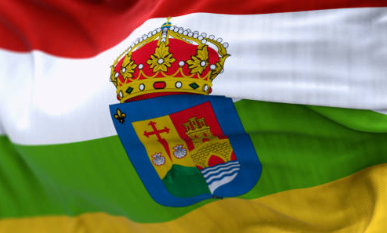
-
Discovering La Rioja: Spain’s Wine Paradise
Nestled in northern Spain, La Rioja is a small but captivating region known for its world-class wines, picturesque landscapes, and rich cultural heritage. Though small in size, La Rioja is a powerhouse in Spain’s wine industry and offers a charming blend of history, nature, and gastronomy. This article explores the geography, culture, history, and top attractions that make La Rioja a must-visit destination for wine lovers and travelers alike.
-
Geography and Climate
La Rioja is located in northern Spain, bordered by the regions of Navarre, Castilla y León, and the Basque Country. The region is divided into three main areas: Rioja Alta, Rioja Baja, and Rioja Alavesa, each offering unique landscapes and microclimates that influence its world-renowned wine production.
The Ebro River, one of Spain’s longest rivers, flows through the heart of La Rioja, creating fertile valleys that are ideal for agriculture. The climate in La Rioja varies between Mediterranean and continental, with hot summers and cold winters, perfect for the cultivation of grapevines. The diversity of the region’s terroir contributes to the exceptional quality of its wines.
-
The Wine Culture of La Rioja
La Rioja is synonymous with wine, particularly red wine, and the region is home to more than 500 wineries, producing some of the best wines in Spain. Rioja wines, especially Tempranillo, are famous worldwide for their deep flavors, complexity, and aging potential. Visitors can explore the region’s bodegas (wineries) and enjoy tastings, vineyard tours, and even wine-making workshops.
One of the most prestigious wine-producing areas is Rioja Alta, known for its traditional wineries and vineyards. The wines from this sub-region are often aged in oak barrels, giving them a distinctive flavor profile. In contrast, Rioja Baja produces more full-bodied and fruit-forward wines, while Rioja Alavesa is known for its high-quality, young wines.
Wine enthusiasts can also follow the Ruta del Vino de Rioja, a wine route that takes visitors through picturesque villages, ancient wineries, and modern bodegas, offering a deep dive into the region’s winemaking heritage.
-
Rich History and Heritage
La Rioja has a rich history that dates back to Roman times, and its strategic location has made it an important crossroads for centuries. The region is also a key stop on the famous Camino de Santiago pilgrimage route, which has left a lasting impact on its cultural and religious landscape.
One of the region’s most significant historical sites is the Monastery of San Millán de la Cogolla, a UNESCO World Heritage Site. This monastery is not only an important religious center but also the birthplace of the Spanish language, as it houses the earliest known written examples of the Castilian and Basque languages.
The city of Logroño, La Rioja’s capital, is another important cultural hub. Known for its lively atmosphere, Logroño offers a mix of modern amenities and historic charm. The city’s Calle del Laurel is famous for its numerous tapas bars, where visitors can enjoy the region’s excellent wine paired with traditional Spanish dishes.
-
Gastronomy of La Rioja
La Rioja’s cuisine is a reflection of its agricultural abundance and local traditions. The region is known for its hearty and flavorful dishes, often made with local ingredients such as Rioja potatoes, chorizo, and lamb. Chuletas al sarmiento (grilled lamb chops cooked over vine shoots) is one of the region’s most famous dishes, offering a smoky, rich flavor that pairs perfectly with a glass of red Rioja wine.
Another traditional dish is patatas a la riojana, a potato stew made with chorizo and peppers. Pimientos rellenos (stuffed peppers) and menestra de verduras (a mixed vegetable stew) are also staples of Riojan cuisine, reflecting the region’s agricultural diversity.
In addition to its savory dishes, La Rioja is also known for its sweet treats, such as fardelejos, a pastry filled with almond cream, and mazapanes, which are especially popular during the holiday season.
-
Top Attractions in La Rioja
- Monastery of San Millán de la Cogolla: A UNESCO World Heritage Site and the cradle of the Spanish language, this monastery is a must-visit for history and language enthusiasts.
- Bodegas Ysios (Laguardia): A strikingly modern winery designed by architect Santiago Calatrava, Bodegas Ysios is a symbol of the region’s blend of tradition and innovation in winemaking.
- Haro Wine Festival: Every June, the town of Haro hosts one of Spain’s most unique festivals, the Batalla del Vino (Wine Battle), where participants throw wine at each other in a joyous celebration of the region’s wine heritage.
- Logroño: The vibrant capital of La Rioja is known for its historic sites, such as the Concatedral de Santa María de la Redonda, and its lively culinary scene, centered around Calle del Laurel.
- Rioja Wine Route: This scenic route takes visitors through vineyards, ancient wine cellars, and charming villages, offering a complete immersion in La Rioja’s winemaking culture.
-
Festivals and Traditions
La Rioja’s calendar is filled with lively festivals that reflect its deep-rooted traditions and love for celebration. One of the most famous is the Haro Wine Festival, which culminates in the Batalla del Vino, where locals and visitors alike douse each other in wine. Another significant event is San Mateo, the grape harvest festival held in Logroño every September, celebrating the region’s winemaking heritage with parades, music, and, of course, wine tastings.
-
Conclusion
La Rioja is a region where history, culture, and world-class wine converge in perfect harmony. Whether you’re strolling through its scenic vineyards, exploring its historic monasteries, or indulging in its delicious cuisine, La Rioja offers a rich and unforgettable experience. With its blend of traditional charm and modern sophistication, La Rioja remains one of Spain’s top destinations for those seeking the finest in wine, food, and culture.
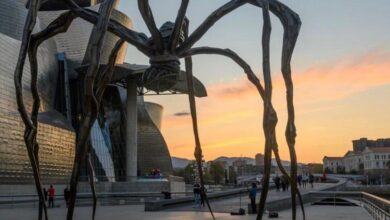
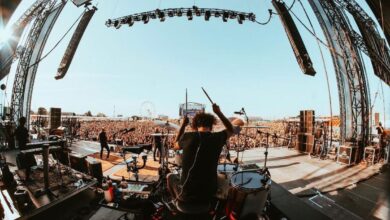
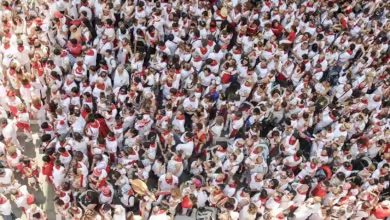
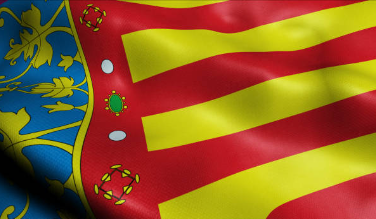
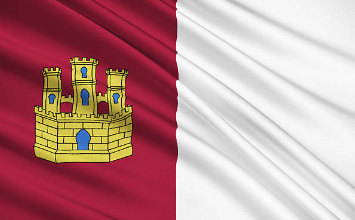
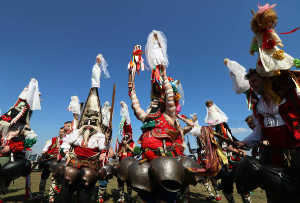
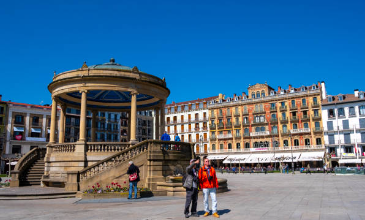
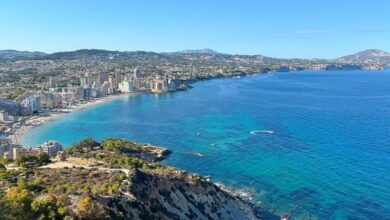
One Comment